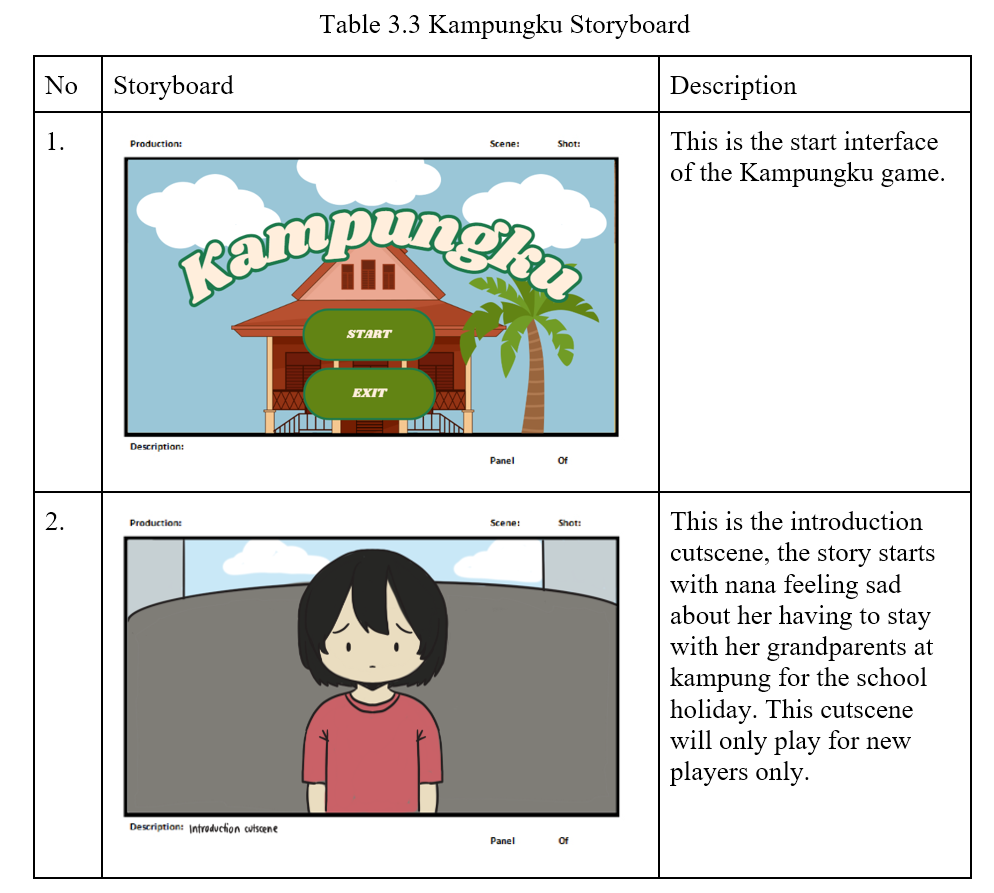
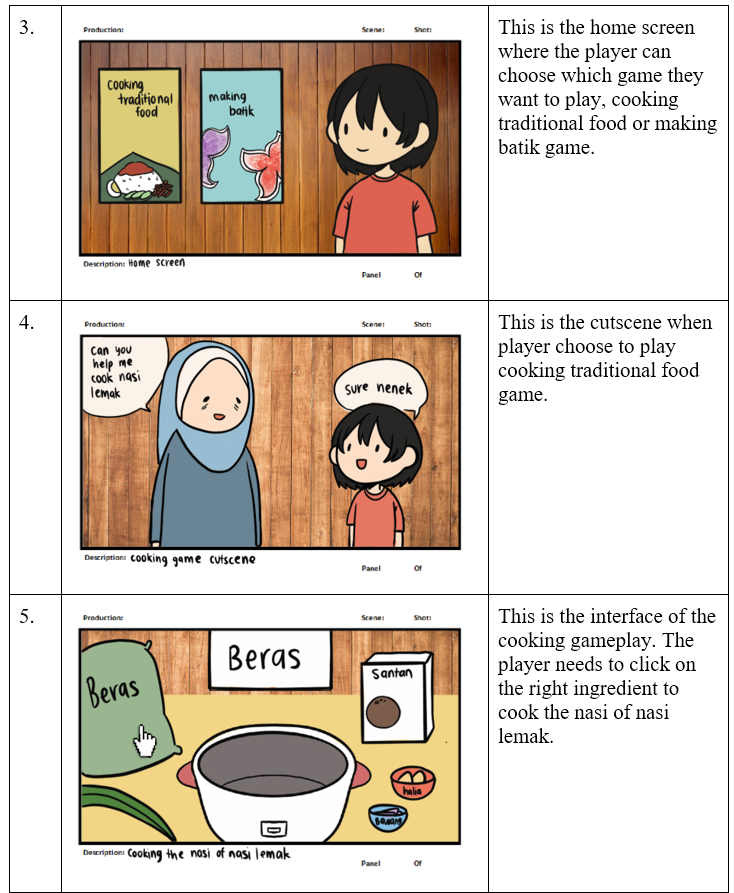
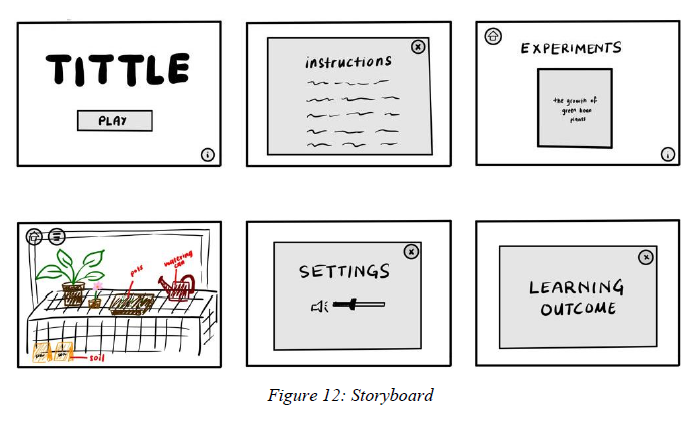

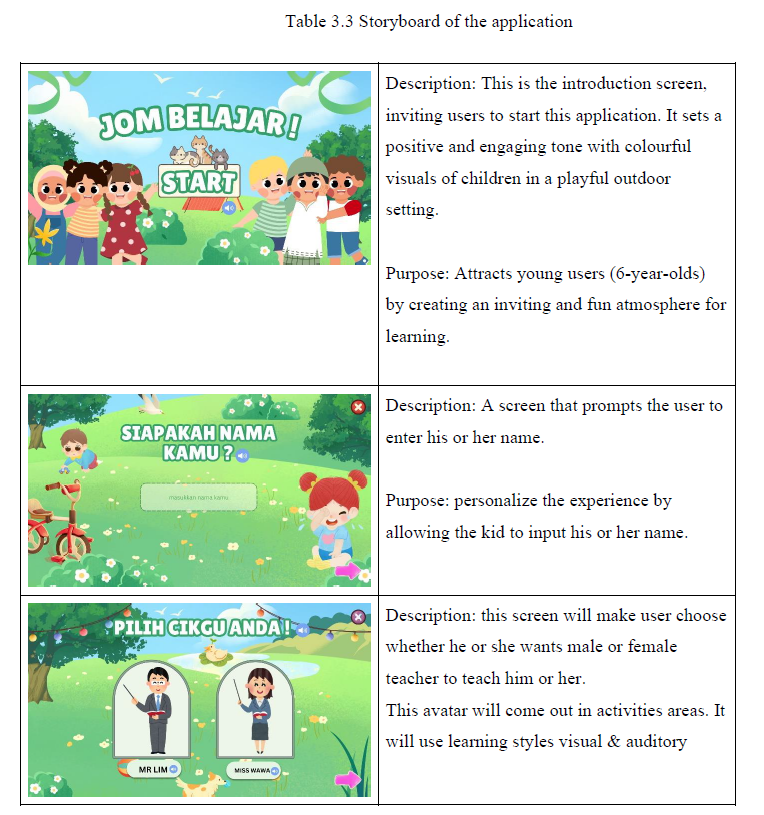





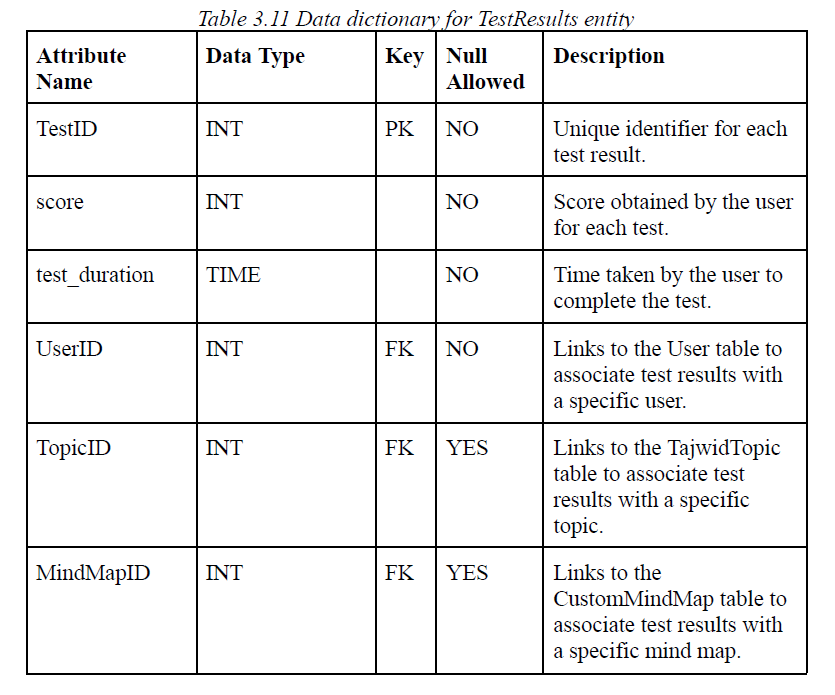
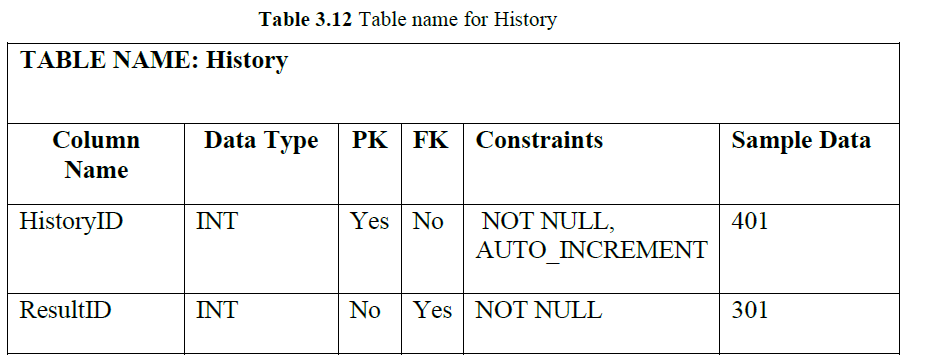

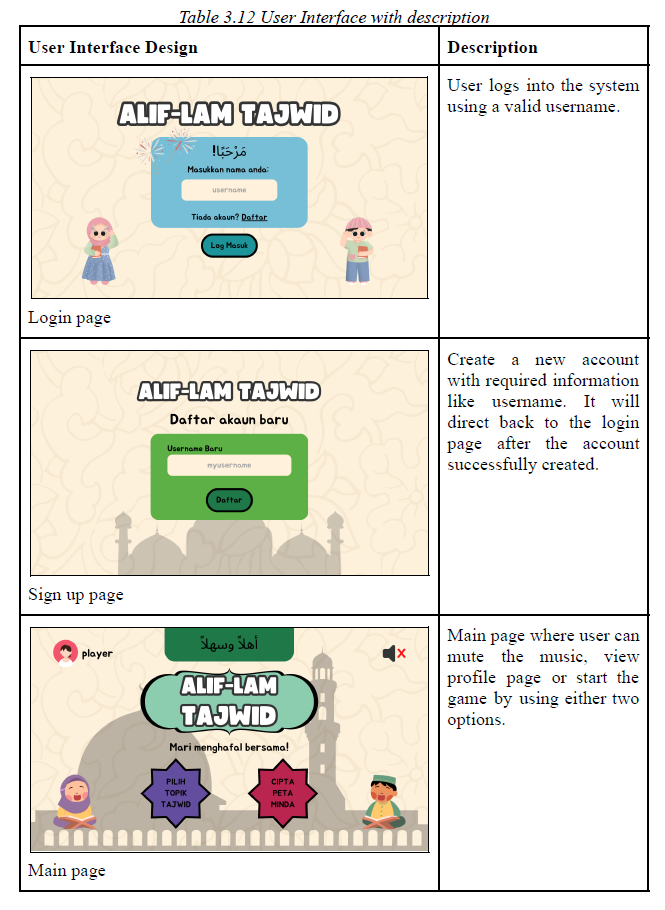

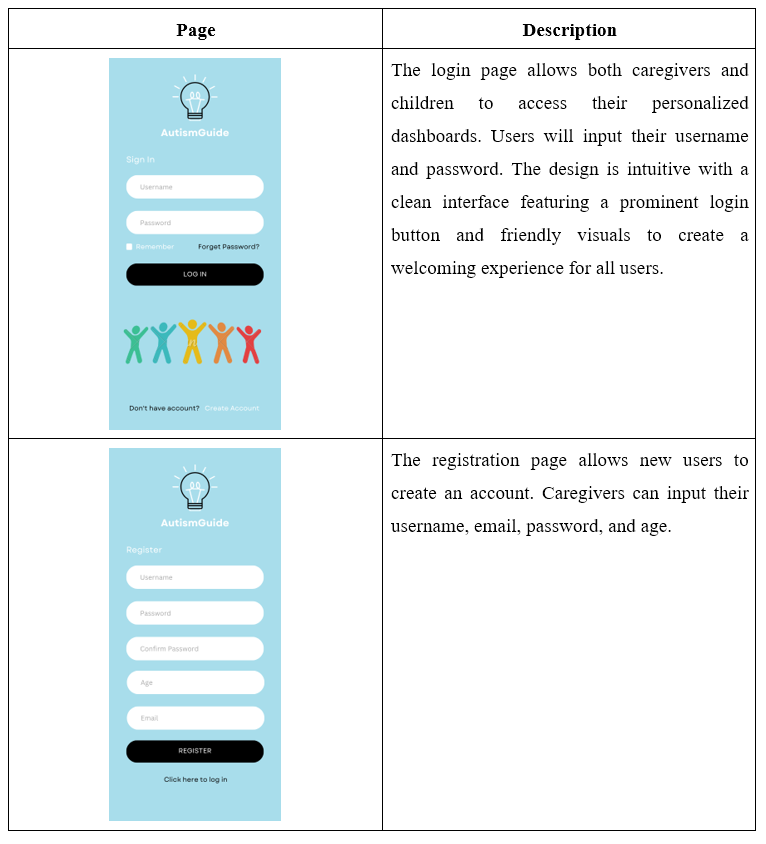
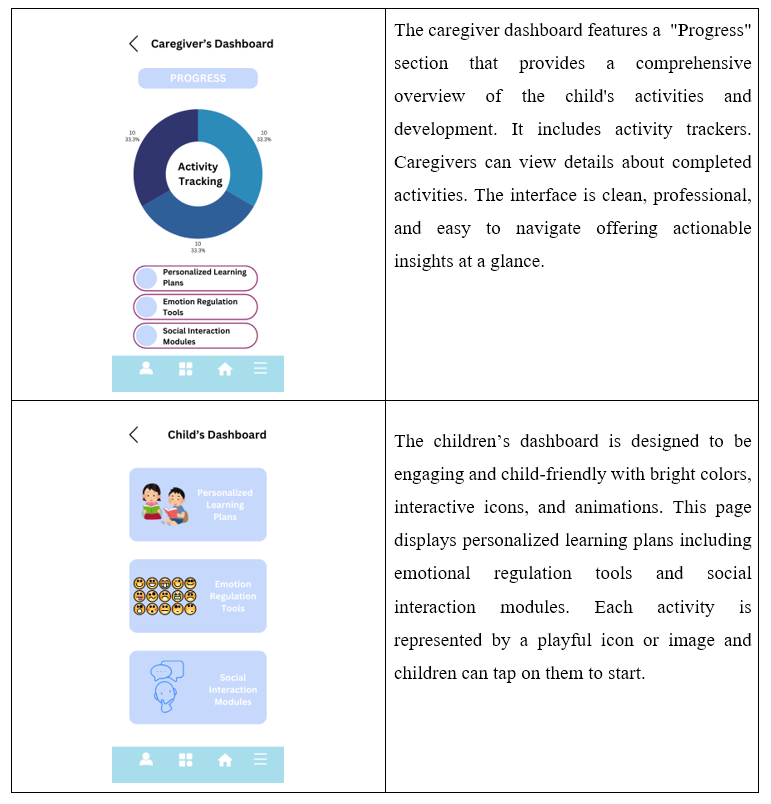
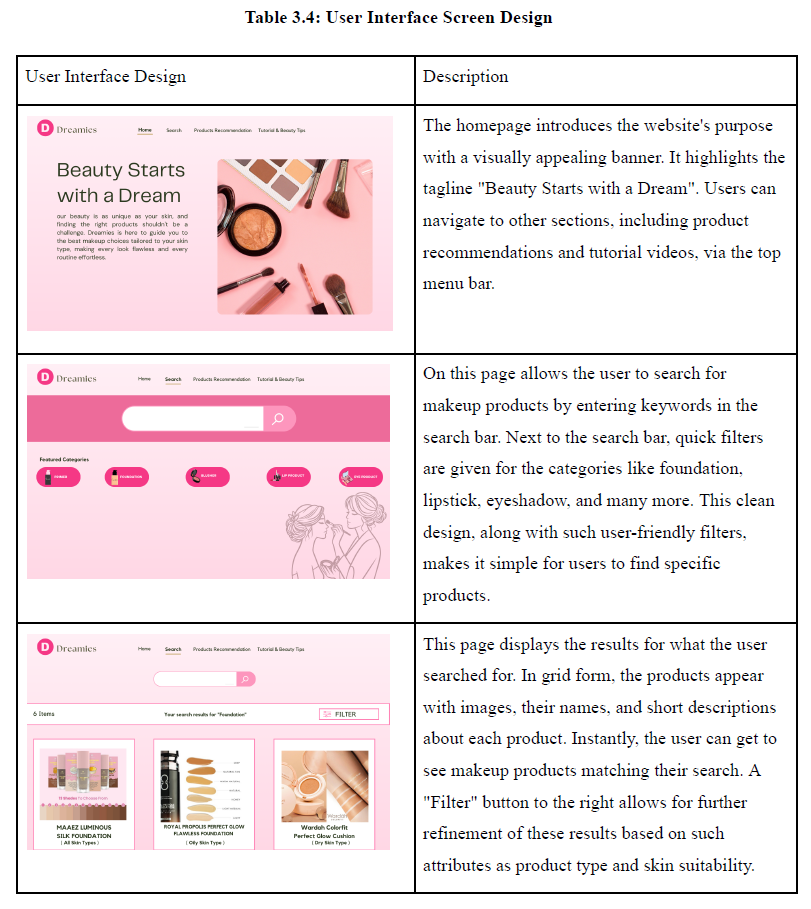
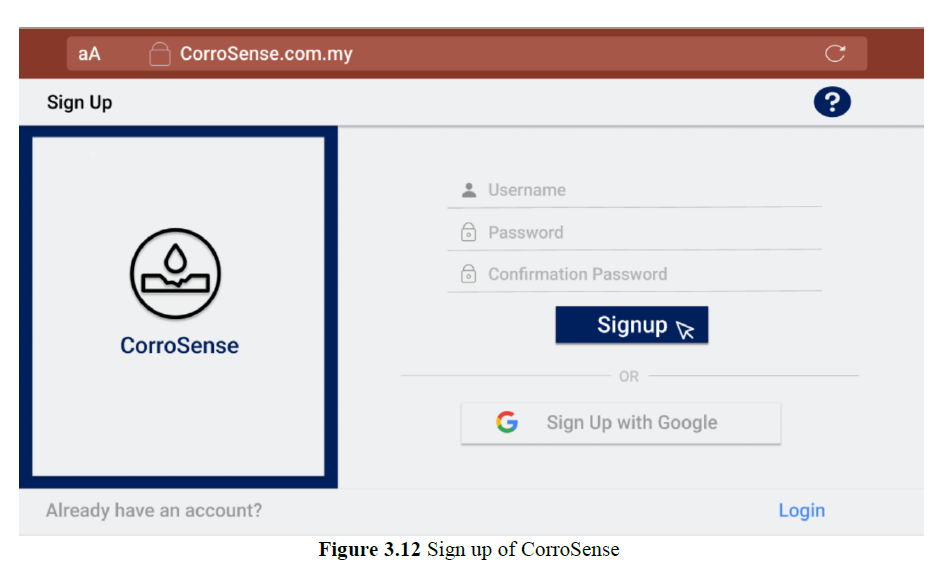
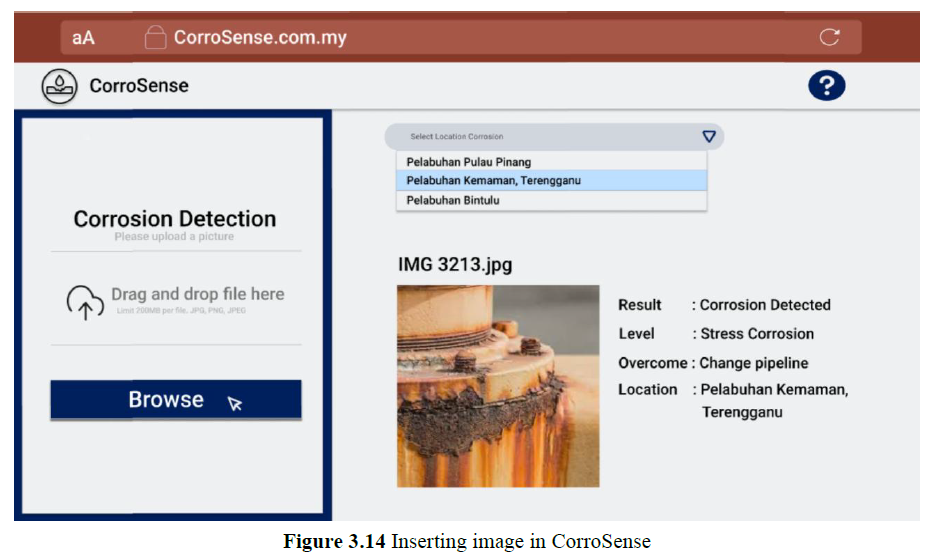
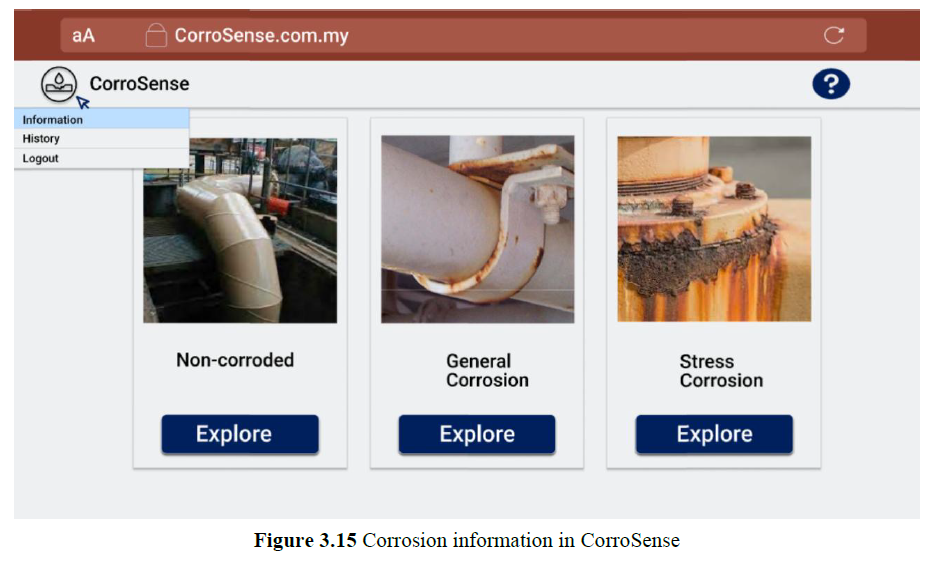
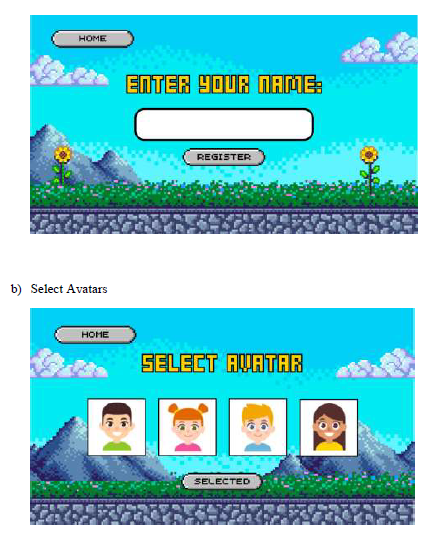
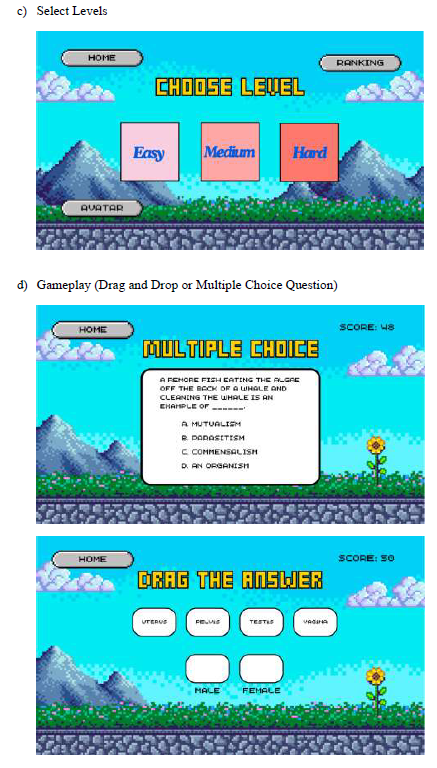
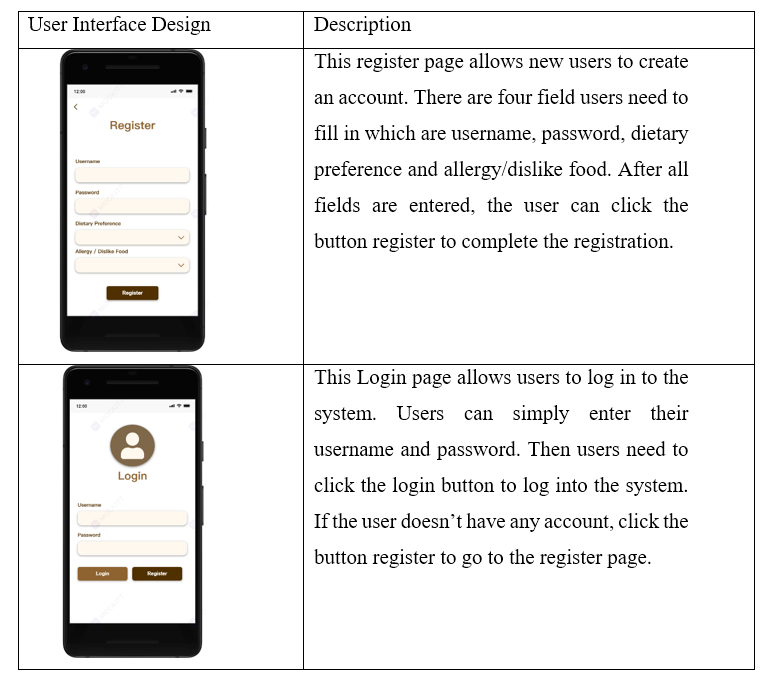

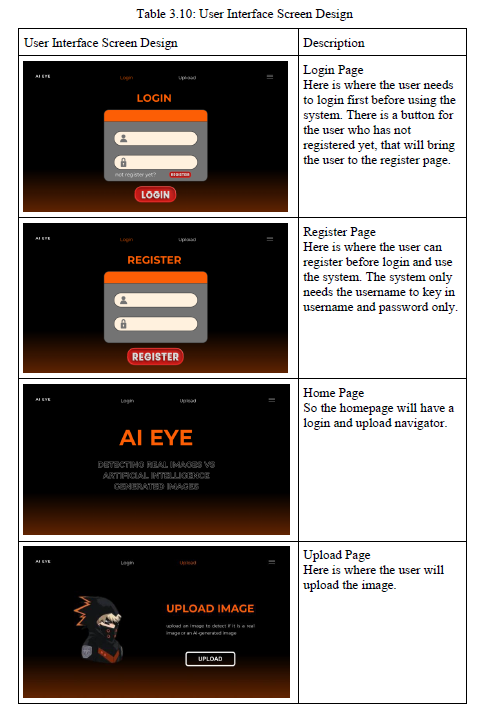
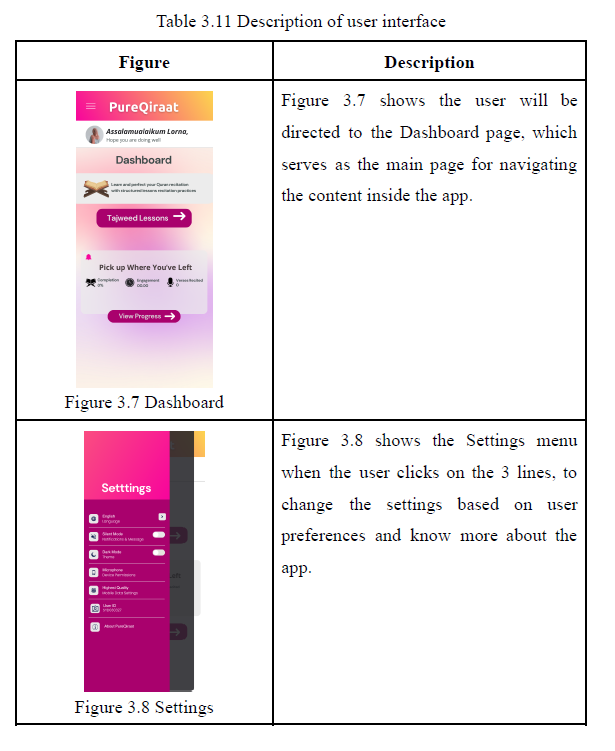
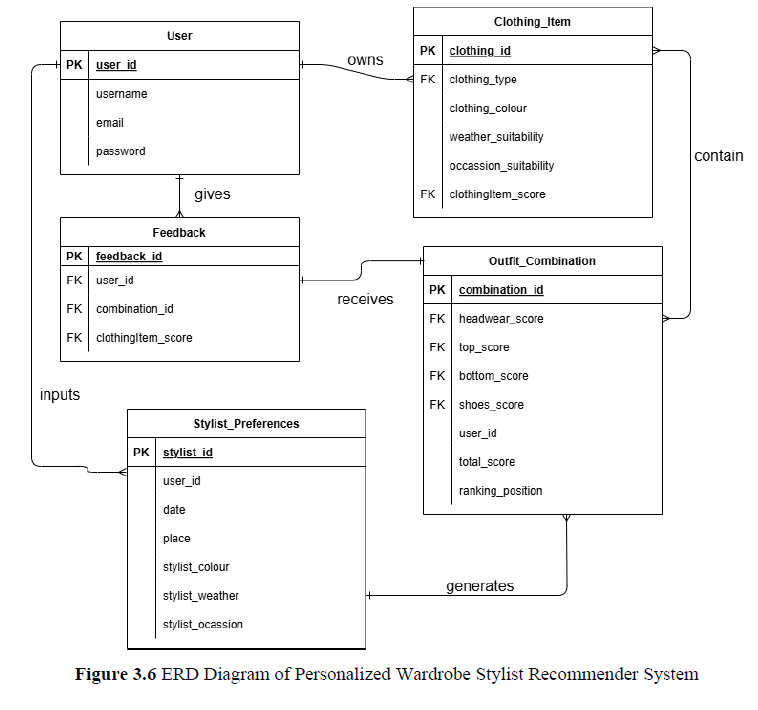
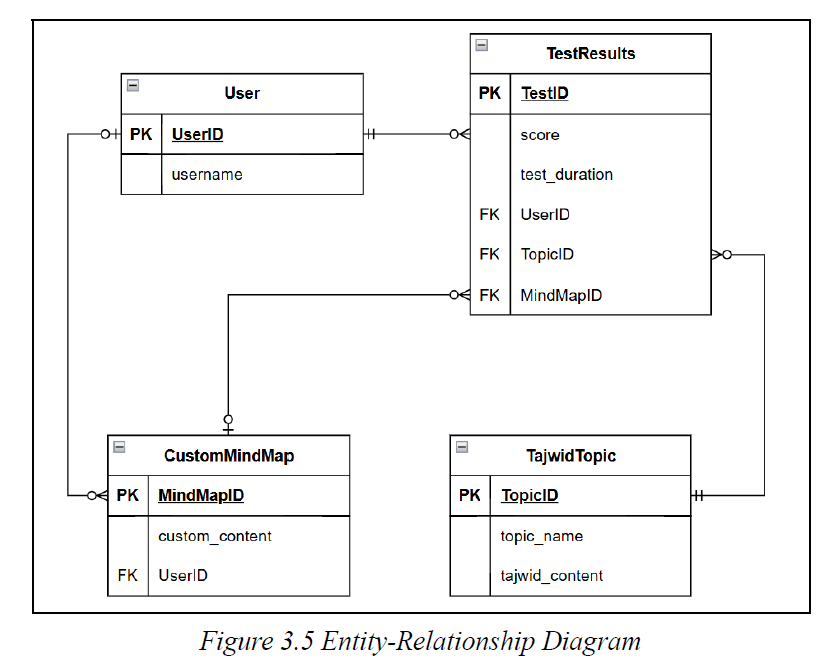
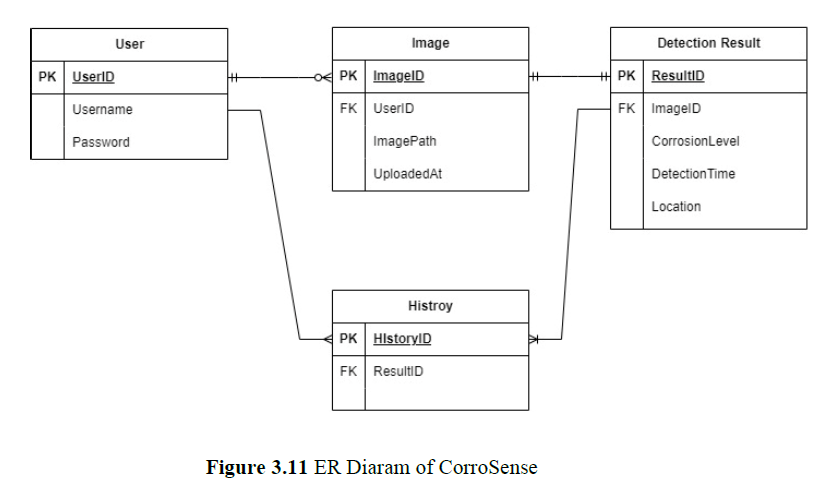

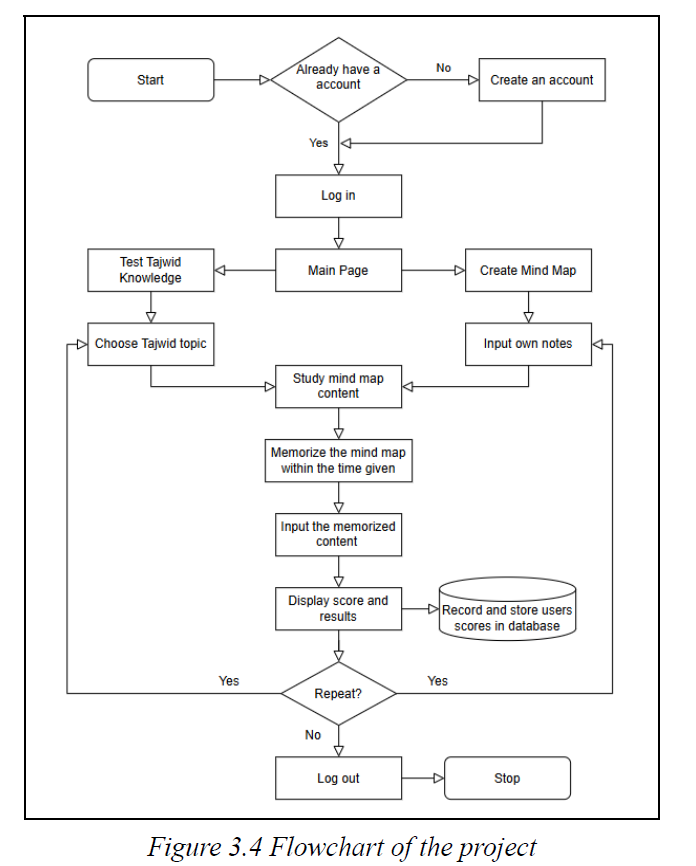
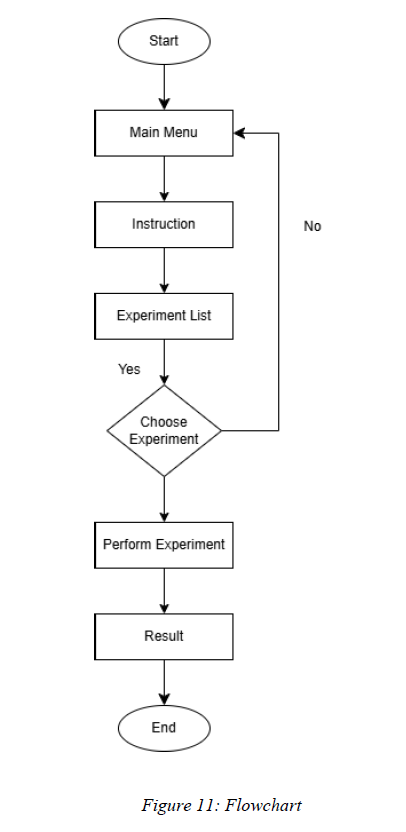

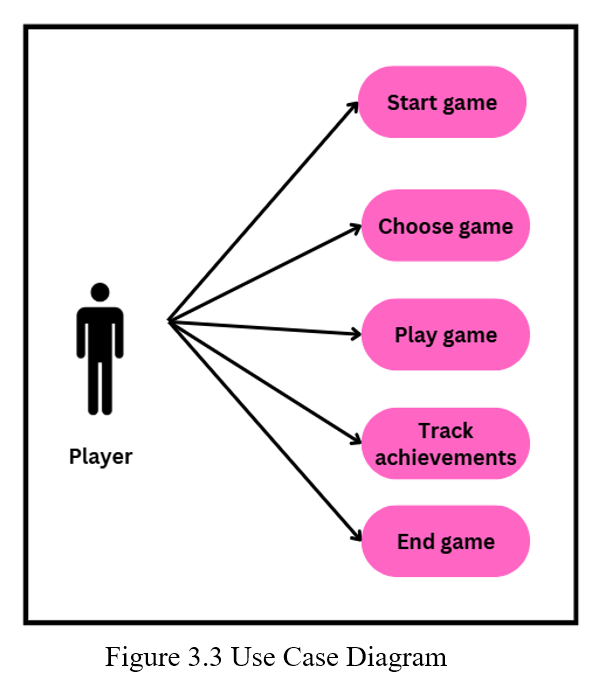
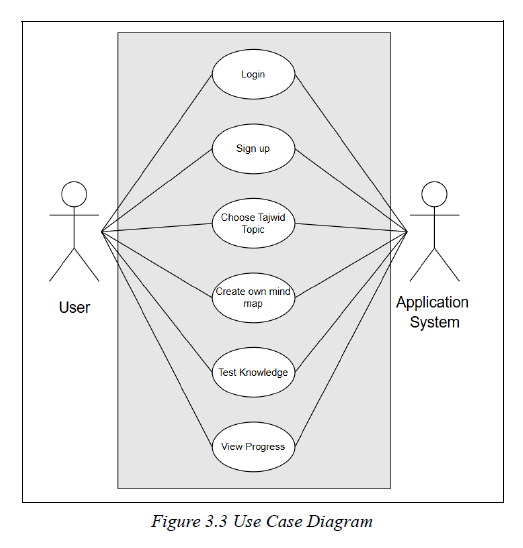
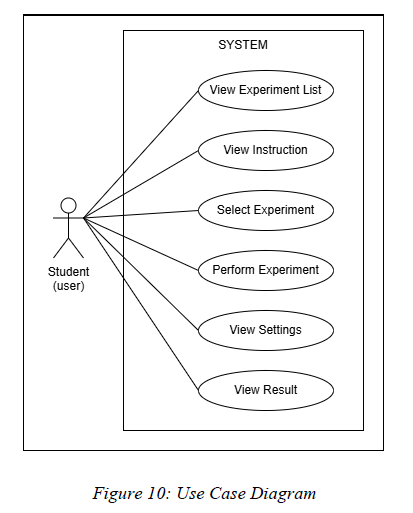

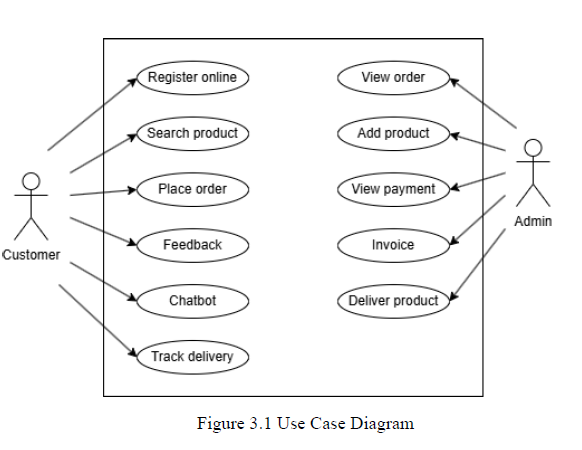
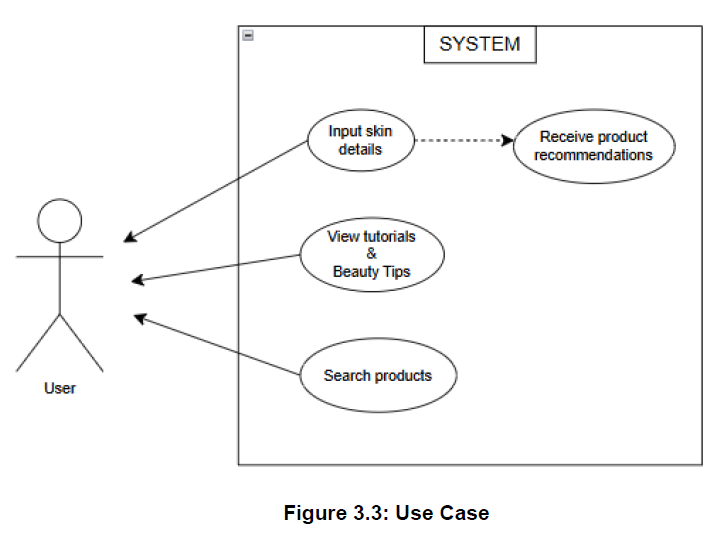
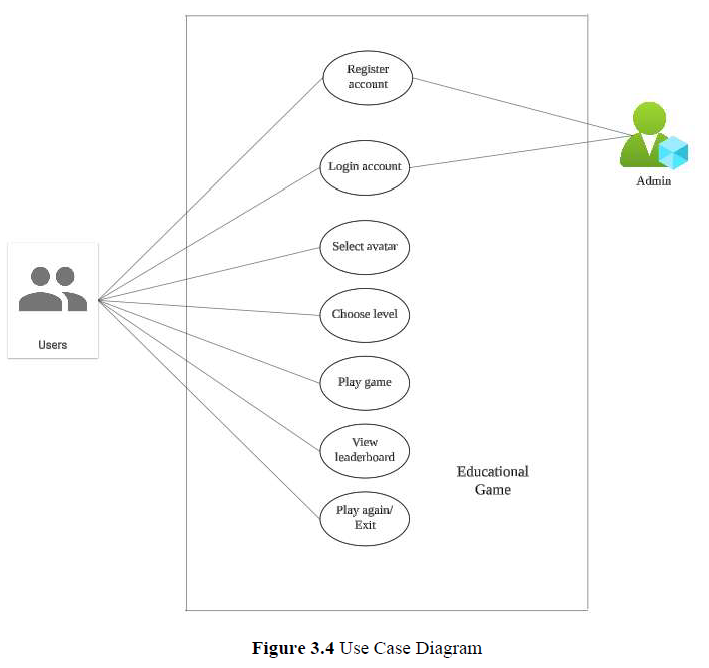

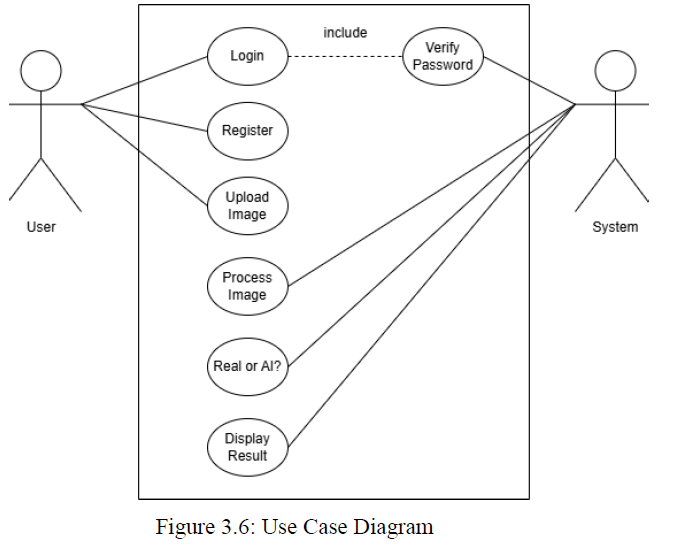
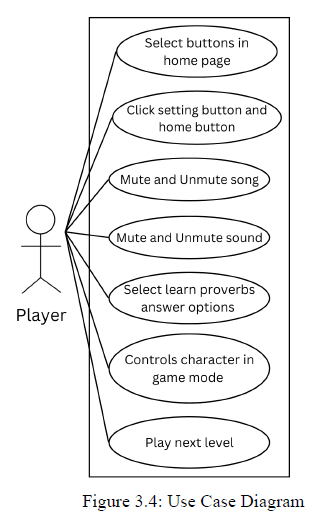
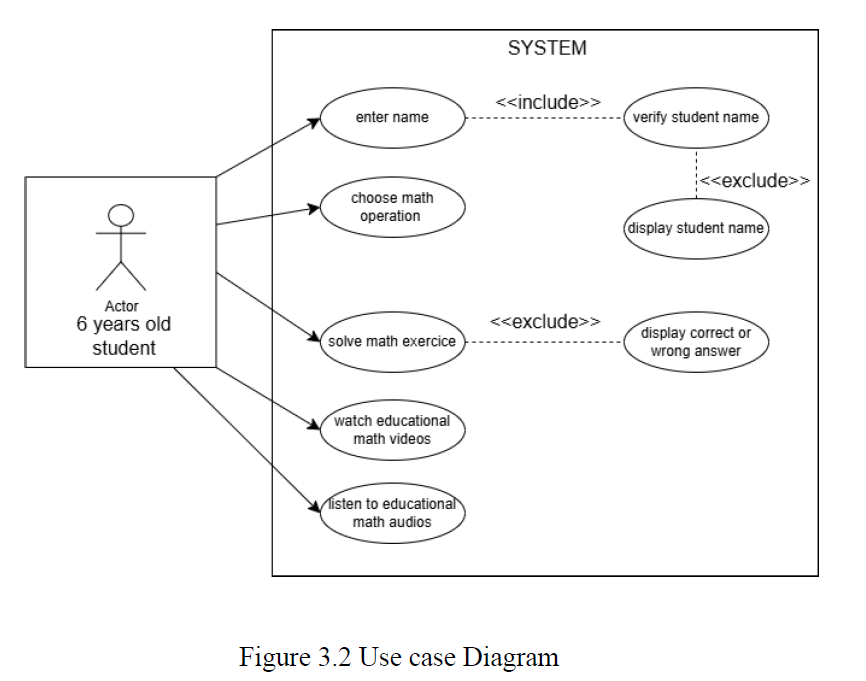

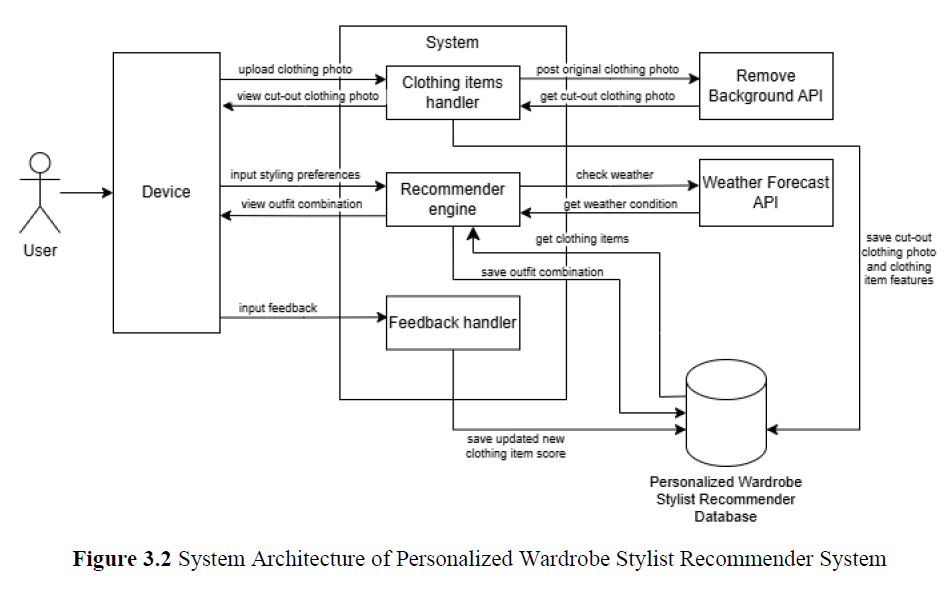
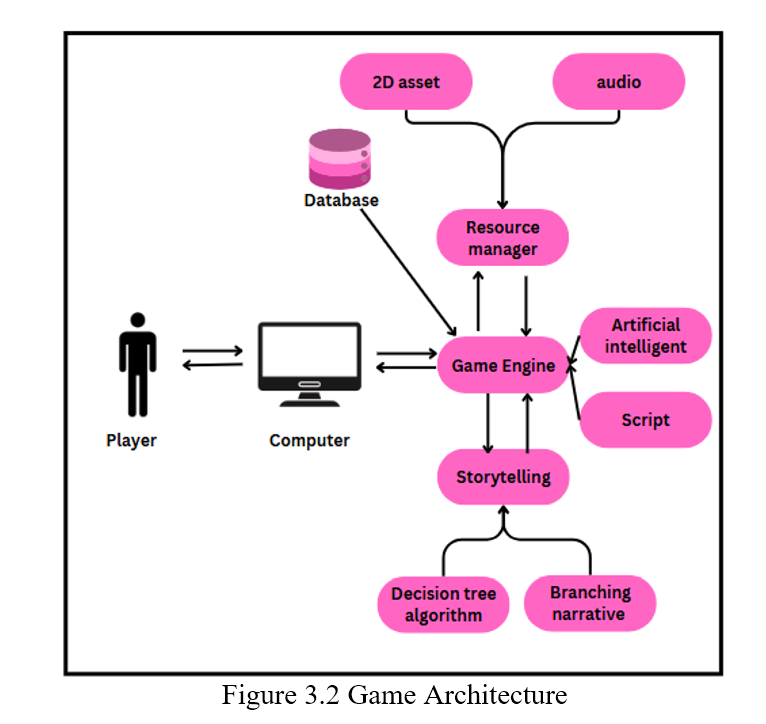

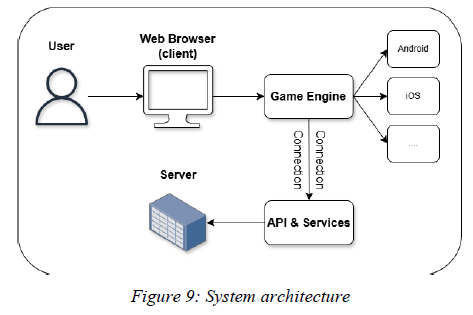
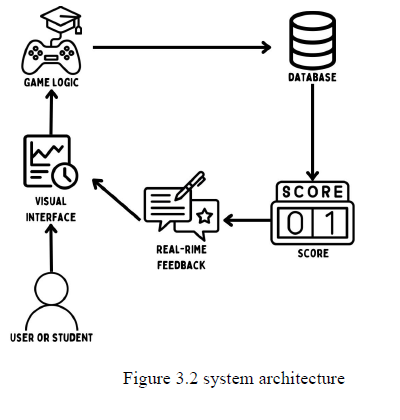



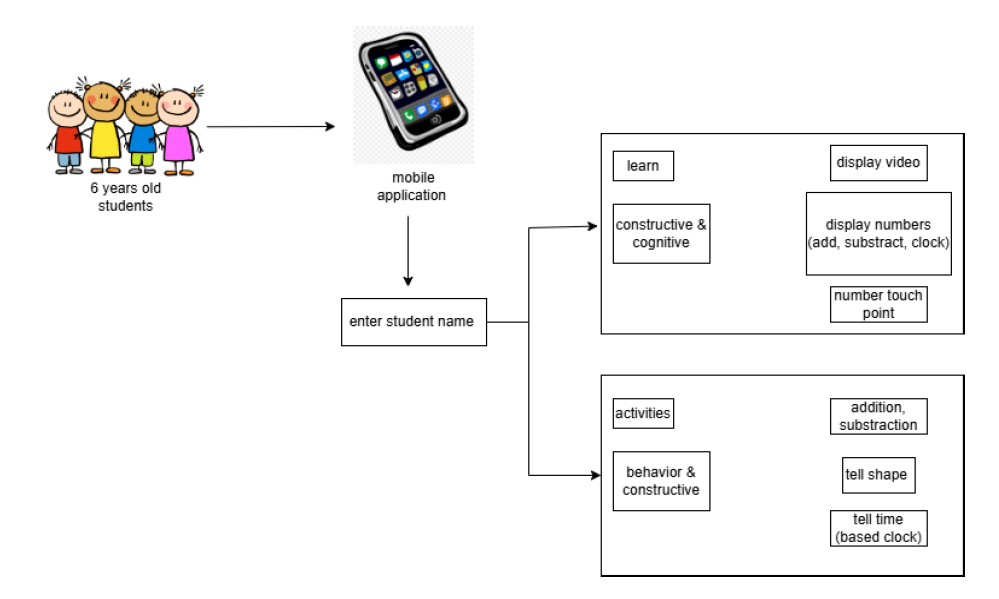
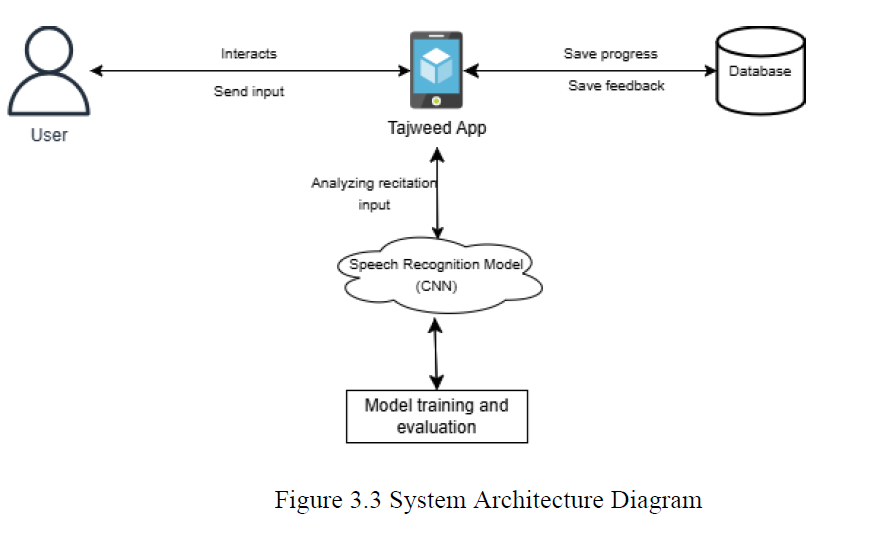
Identifies the key issues the project is aiming to solve. It highlights real-world challenges and must included problem in computer science.
Provides supporting studies or statistics that reinforce the problem mentioned in the problem statement.
Presents the proposed solution to the problems discussed. Just choose the best possible solution.
Defines the boundaries and target audience of the project.
Example:




1. AHMAD MUAZ BIN MUHAMMAD ROYANI
2. AHMAD NAQIUDDIN BIN MOHAMAD FAIRUZ
3. ALMAS FARID BIN MOHAMAD FARID
4. AMIRA ADILAH BINTI ROZAIMAN
7. HAFIY NAWFAL BIN MOHAMAD MAHADZIR
8. KHAIRUN NAZIFAH BINTI ZAKARIA
11. MOHAMAD DANISH HAMDANI BIN MOHAMAD MAJIDI
12. MOHAMMAD AZIM AZRAEI BIN AZHA @ AZHAR
14. MUHAMMAD DANISH HAIKAL BIN FAIRUZ
15. MUHAMMAD IZZUDDIN SHAH BIN ZAMRI
16. MUHAMMAD NURUDDIN BIN MOHD HAFUZI
17. MUHAMMAD NUZUL AMRI BIN ZULKIFLI
19. NUR AISYAH DAMIA BINTI ABDUL RAHIM
20. NUR FARRAEZNY QISTINA BINTI MOHAMAD FUAD
21. NUR HANNAH IZZATI BINTI MD.YASIN
22. NURJANNAH BINTI MOHD NIZAM
23. NURUL IFFAH HUMAIRA BINTI AZMAN
24. NURUL IRDINA BINTI MOHD FADZLI
25. SITI IZATI NURUL AIREEN BINTI ZULKEFLI
26. SITI NUR ANISAH BINTI NASRI
6. MOHAMED ARSHAD BIN NOOR MOHAMED AMIN
7. MUHAMAD ALIF IMRAN BIN NORHASNI
8. MUHAMMAD AZIEM DANISH BIN MUHAMMAD MAULUDDIN
9. MUHAMMAD DANIAL HAKIM BIN MOHD ISMAIL
10. MUHAMMAD DANISH IRFAN BIN AHMAD ZAMRI
11. MUHAMMAD FIKRI BIN MOHD FAUZI
12. MUHAMMAD HAZIQ AHZA BIN AHMAD FOZI
13. MUHAMMAD HAZIQ BIN MOHD SAIDI
14. MUHAMMAD ISYRAF AZRI BIN ASHA’RI
15. MUHAMMAD IZZ IRFAN BIN AZLAN
16. MUHAMMAD SOLAHUDDIN AL-AYUBI BIN MOHD ABDULLAH
17. MUHAMMAD SYAKIR IMRAN BIN MOHD SHUKRI
18. NUR ‘IZZATUL HUDA BINTI ZUBIT
19. NUR AIN NAJIHAH BINTI ASRAF
20. NUR AINA QAMARINA BINTI TURIMIN
21. NUR AYUNNI MAISARAH BINTI RAJAMUDDIN
22. NUR MAISARAH SHAIFUL BAHARI
23. NUR MASTURINA SOFIA BINTI MOHD ASSAFI
24. NUR SOFEA ILYANI BINTI ROHAIMI
25. NUR ZULAIKHA AMANINA BINTI SHAHRULNIZAM
26. SITI HUSNA NAJIHA BINTI SUHAIMI